As a horse rider and owner, it’s important to have a basic understanding of your animal’s anatomy. Knowing the different parts of your horse’s body and how they function can help you care for your horse properly and better understand their movements and behaviours. In this chapter, we’ll explore the anatomy of a horse and how each part plays a role in your animal’s overall health and well-being.
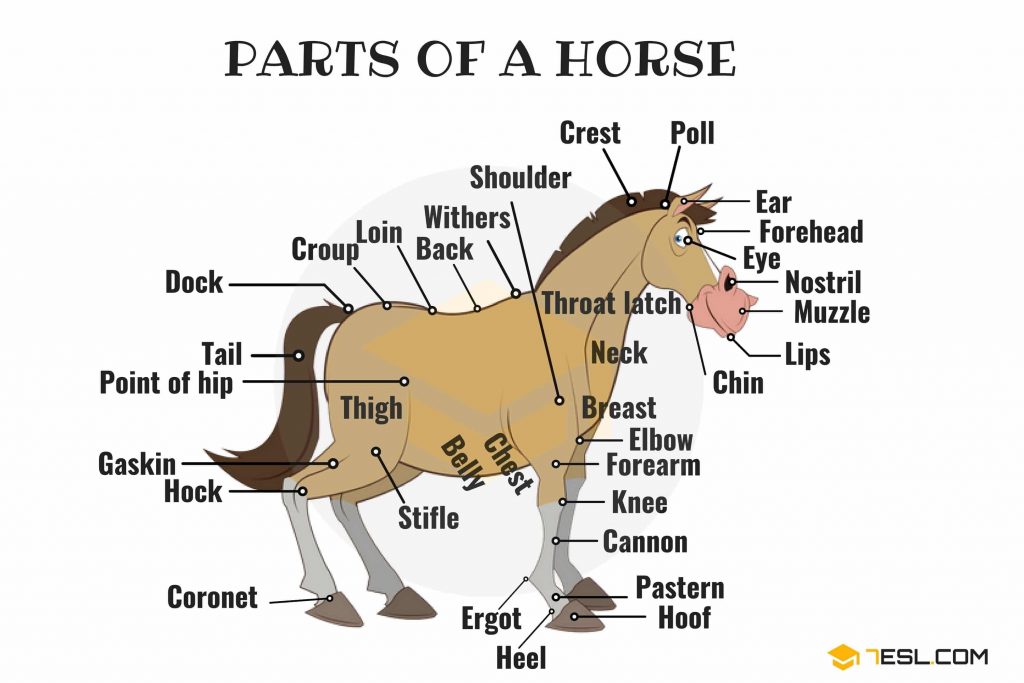
The Head
Let’s start with the head, which is the most visible part of your horse’s anatomy. The head includes the muzzle, nostrils, ears, and eyes. The muzzle is the soft, fleshy area around your horse’s mouth, which they use to eat and drink. The nostrils are the two openings on either side of the muzzle that allow your horse to breathe. The ears are used for hearing and communication, and can rotate to help your horse better sense their surroundings. The eyes are located on the sides of your horse’s head and provide them with excellent peripheral vision.
The Neck
The neck is the area that connects your horse’s head to their body. It is made up of seven vertebrae and various muscles, and is important for balance and movement. The muscles in the neck help your horse flex and extend their head and neck, which is essential for riding.
The Body
The body of a horse includes the chest, back, and hindquarters. The chest is the area between the front legs and contains the heart and lungs. The back is the area from the withers to the croup, and is where the saddle sits. The hindquarters are the area behind the saddle and contain the muscles used for jumping and running.
The Legs
Horse legs are incredibly complex and are made up of bones, muscles, tendons, and ligaments. The front legs are slightly longer than the hind legs, and each leg has a hoof at the bottom. The hoof is made up of keratin, which is similar to the material that makes up human nails. The legs are used for movement and support, and are essential for a horse’s overall health and well-being.
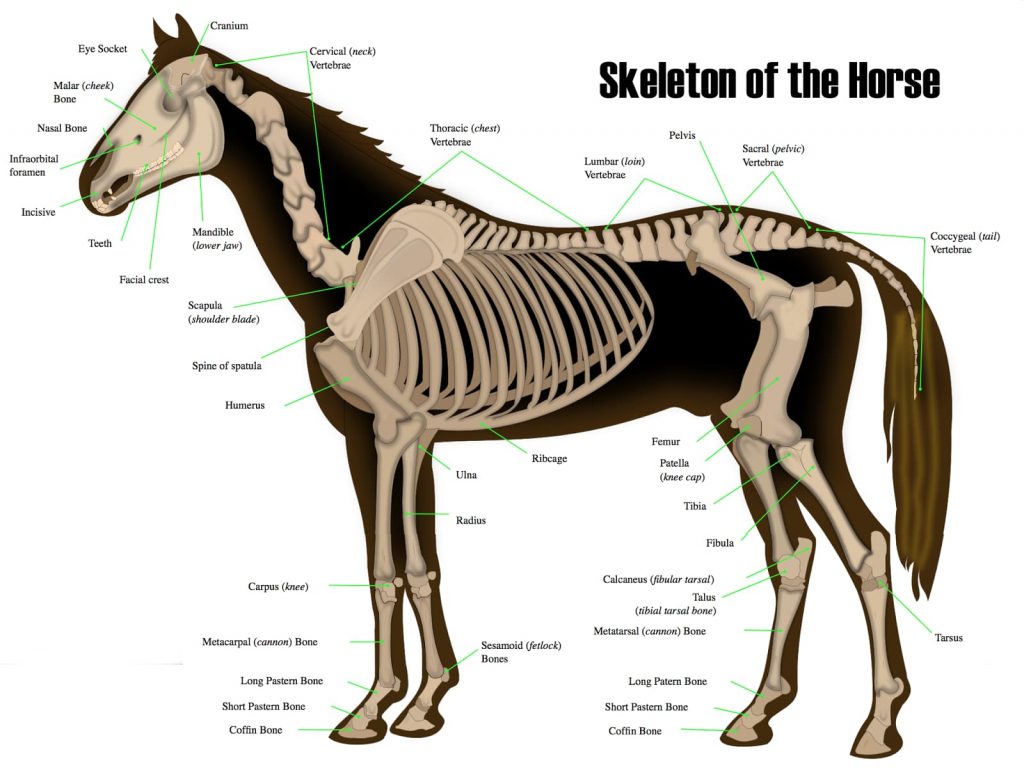
Understanding your horse’s anatomy is an important part of being a responsible and caring owner. By knowing the different parts of your horse’s body and how they function, you can better care for your animal and appreciate their incredible beauty and complexity. In the following chapters, we’ll explore some of the basics of horse care, from feeding and grooming to health and wellness, to help you become a knowledgeable and confident horse owner.


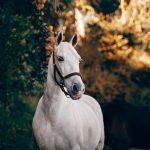
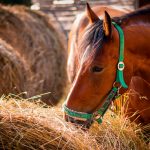
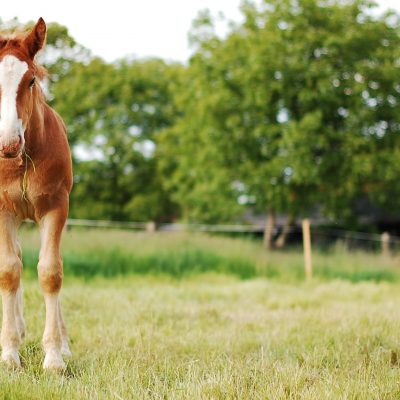
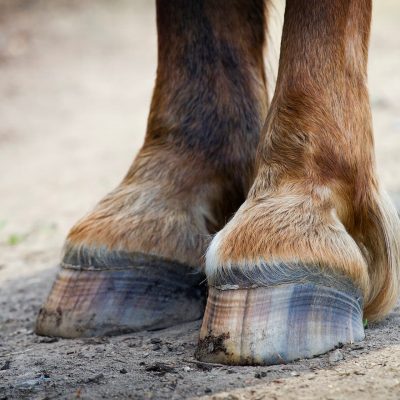
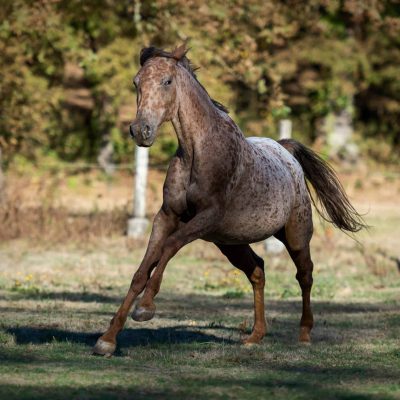
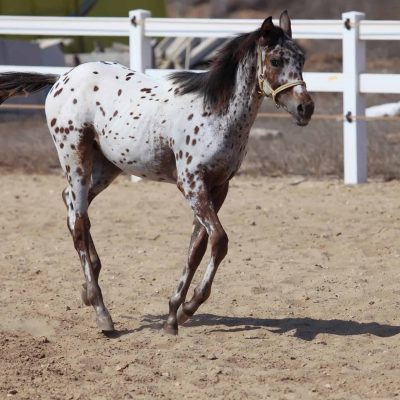
No Comment! Be the first one.